A new “fitness” revolution is brewing.
It’s not another Pilates or Zumba workout program. It’s not a little upgraded staple exercise machine like a Peloton bike. It’s not even a new sport or mindfulness trend.
And while the rise of those fitness trends created a tidal wave of wealth for early investors, this new overarching shift could change how we spend one-third of our lives.
Those at the forefront of innovation are already gearing up for this revolution.
Tech giants—including Google, Amazon, and Apple—are quietly buying out companies, developing gadgets, and training algorithms for what will be a major lifestyle change for many.
Silicon Valley’s crème de la crème VCs, some of whom are the early investors in Tesla and SpaceX, are plowing hundreds of millions of dollars into technology that will tap this fitness space.
This is the “iPhone moment” of the health industry, and early investors will reap the biggest rewards.
It will be one of the fastest-growing wellness markets of the next decade.
And there’s one under-the-radar company that has developed a patented technology that could spearhead this revolution.
The best thing is, the company is worth just under US$30 million today. In other words, it’s a “sleeper” stock in its infancy.
But once this goes mainstream—which, based on Big Tech patents and product timelines, can happen within a year or two—this tiny company could be headed for the billion-dollar mark.
I’ll tell you about the company in a moment, but first, let’s take a step back.
How Fitness Came to Be
Did you know fitness as we know it today is a relatively new invention?
Before WWII, workouts were mostly a thing for athletes and military personnel. Few men exercised regularly, and even fewer women. There weren’t “gyms” per se. And some people thought exercising was a communist fad.
Everything changed after the war.
America’s involvement in battle revealed a sobering truth: many Americans were (and still are) physically unfit for combat. In response, the government introduced a fitness council and began nationwide campaigns calling on the nation to exercise.
A wave of training programs adapted from military drills arose.
For example, Dr. Bill Orban, who developed fitness programs for the Royal Canadian Air Force, published a series of mass-market books promoting his workout programs. Meanwhile, Air Force Colonel Kenneth Cooper popularized the concept of aerobics.
Later, aerobics VHS tapes came along, and aerobics became a national obsession.
In the 1970s, jogging came to be part of a fitness routine. And the documentary blockbuster Pumping Iron featuring Arnold Schwarzenegger gave rise to bodybuilding as a fitness discipline.
Soon the fitness culture was born and commercialized.
Sportswear and gear invaded malls. Gyms were built. Personal trainers emerged.
As technology improved, we harnessed gadgets like smartwatches, bands, and home devices to track our workouts and physical wellbeing. Today, these once-niche gadgets alone make up a ~$40 billion market.
In other words, in under 50 years, fitness transformed from a fringe activity to a focal point of our lives. It’s become nearly a trillion-dollar industry. And those who saw it coming made a ton of money.
The Revolution: Changing Lives
Investing in the fitness revolution was life-changing.
Take Nike, one of the pioneers of sports footwear and apparel.
Back in the 70’s, footwear garnered very little attention. In fact, the founders of Nike were selling shoes out of the trunks of their cars.
But had you invested in Nike back in the early 80’s when it first went public, you would have bagged a 56,500% return…
That’s one of the most lucrative multi-baggers in stock market history. It turned every $1,000 invested into $56,600. And those who held on are surely living a high life today.
If you rode out the yoga boom and invested in Lululemon Athletica in the early 2000s, you would be up ~2100%:
You wouldn’t even have to be that early.
Had you invested in Planet Fitness as recently as 2015, when low-cost gyms took off, you would have quadrupled your money in less than five years:
These stocks carry an important lesson.
Humans put a tremendous value on their wellness. And this is the kind of money you can make when you invest early in companies that not only help people feel better, but before the masses are aware of the trend.
The Biggest Pandemic of the 21st Century
Blitz quiz: What’s the quickest way to feel like a car wreck (both physically and mentally)?
Answer: Miss getting a good night’s sleep.
If you’ve ever pulled an all-nighter, or if the sleep you did get wasn’t good—or enough—you surely know how sleep deprivation makes you feel.
You are physically tired. You are grumpy and easily irritated. You may forget things and blank on words. You even lose willpower altogether and default to bad habits.
That’s because sleep carries out a core regenerative body function.
During bedtime, your body spurs the growth of new cells and repairs the old ones. It also releases several hormones that control body development, metabolism, and cognitive function. Simply put, if you don’t sleep, you don’t grow, you get fat, and you lose brainpower.
Remember computers from the ’90s – the ones that would freeze if you didn’t reboot them once in a while? That’s, in effect, your brain. Skimping on sleep is like keeping your old PC on for months.
That’s a big problem because we are in a pandemic of sleep disorders.
The modern lifestyle is ridden with stress, long work hours, and blue-light emitting screens that mess up our bedtime so badly that one in two Americans aren’t getting a good night’s sleep.
Consider this.
One in four Americans develop insomnia each year, according to ScienceDirect. One third of Americans don’t get nearly enough sleep. And one in two Americans feel sleepy more than half the time.
This is much bigger problem than just being tired.
In fact, studies show that sleep deprivation does more harm than a poor diet and no exercise combined. And that sleep disorders may be the underlying cause of mental health issues, including depression and anxiety.
In other words, sleep is the bedrock of our wellbeing. And yet, it’s been getting so little attention…but not for long.
The Most Underexplored Human State
Sleep is one of the most neglected areas in the history of science.
Until the mid-21st century, there was little-to-no research done on it. Scientists viewed sleep as a passive state. They thought the brain simply shut off because it wasn’t stimulated enough at night.
In fact, sleep was so underrated scientists dissected DNA before they even took an interest in this human state.
Then in 1953, sleep pioneer Eugene Aserinsky made a groundbreaking discovery. He found that his patients’ eyeballs started darting around as soon as they fell into a deep sleep state.
Aserinsky discovered what we know today as rapid eye movement (REM).
The discovery turned the scientific perception of sleep on its head. It revealed sleep is much more than a passive state. And it gave birth to a new branch of medicine that studies this condition.
Over time, scientists gained more insight into sleep and came up with a bunch of rules for better rest.
Sleep at least 7-8 hours a day, don’t consume caffeine past a certain time, eat your last meal of the day no less than 6 hours before going to bed, don’t stare at a blue-light emitting screen before bedtime, etc.
Then came smart gadgets that let you track sleep patterns.
Still, science and technology were limited to keeping tabs on your “awake” lifestyle and retrospectively observing basic sleeping behavior, such as tracking the amount of time asleep, rather than taking control of it.
The Next “Fitness” Frontier
Sleep tracking is now shifting into a more proactive approach.
In short, companies are developing technology that not only tracks your sleep patterns, but uses that data to alter your physical state in real-time and improve your overall sleep quality.
Some people dub this “sleep fitness” or “sleep tech.” And it’s all the rage in Silicon Valley.
Just look at Eight Sleep who introduced a smart mattress that can detect your sleep phases using a few sensors and then regulates your body temperature accordingly to optimize rest.
The company has already raised $150 million from venture capital giant SoftBank and funds that backed the likes of Tesla and SpaceX. And while it’s just a mattress with a cooling/heating feature, it’s already valued at $500 million!
If investors are ready to pour that kind of money into a thermal pad—a commodity any company can replicate—how much would they invest in something much more transformative?
This is why I want to introduce you to a company that’s building something really groundbreaking in this space. A company whose patented technology could bring our sleep and overall wellbeing to a whole new level.
And at a mere $25 million valuation today, it could hand investors a near 2000% return if it catches up to Eight Sleep’s valuation.
I am talking about…
Hapbee Technologies Inc.
US Stock Symbol: HAPBF
Canadian Stock Symbol: HAPB
German Stock Symbol: HA1
Hapbee Technologies, Inc. (TSXV: HAPB) (OTCQB: HAPBF) (FSE: HA1) (“Hapbee”) is wellness wearable technology company that can change how you feel through its devices.
Powered by patented ultra-low radiofrequency energy (ulRFE®) technology invented and licensed by EMulate Therapeutics, Inc., Hapbee delivers low-power electromagnetic signals designed to deliver the molecular signature of compounds like caffeine, TGHC, CBD, nicotine, melatonin, etc.
Through these signals, Hapbee can produce numerous sensations associated with those compounds – all without having to ingest them.
Over $70 million has been invested in this technology and Hapbee has the exclusive global licenses for the non-medical use of this revolutionary technology platform.
The science and technology are based on magnetically-induced changes to cellular function. Artificial magnetic fields are thought to be capable of triggering a receptor response and conformational change in the absence of a physical compound.
In layman’s terms, it means that specific magnetic fields can trigger a response from our brain without ingesting a substance.
But how?
Our brain works through electric pulses and the firing of neurons.
When a neuron wants to communicate, it uses a neurotransmitter. This communication is an electric signal.
Hapbee creates a signal that the brain recognizes – for example, how the brain works when we take a certain substance – and emulates it.
We know that our brains and bodies react to these magnetic signals, but the key is knowing what signal to produce.
Enter EMulate
First, it’s important to know who EMulate is.
EMulate Therapeutics is a privately-owned technology and therapeutic device company. It has invented and patented a groundbreaking technology that uses ultra-low radiofrequency energy (ulRFE®) to interrupt disease mechanisms on the molecular and genetic levels – without chemicals or radiation – delivered via a simple-to-use non-invasive device.
The first stage of this technology is how it acquires and develops these “signals.”
EMulate uses a specialized liquid helium-cooled, Superconducting Quantum Interference Unit (SQUID) magnetometer, originally developed by the military, to detect “real-time” changes in the magnetic environment (10-15 Tesla) of solvated molecules of interest.
Via EMulate:
“EMulate’s proprietary ultra-low radiofrequency energy (ulRFE) technology produces a cognate of solvated molecules by measuring and recording their electrostatic surface potential as an oscillating magnetic field.”
The signal acquisition process of this technology is backed by 32 related patents owned by EMulate.
In short, its technology is able to capture the “essence” of certain bioactive substances and then emulate them by playing it back through a sequence of signals with precision.
While this sounds like something from a sci-fi movie, recent advances in material sciences and developments in the field of superconductive quantum devices are making this tech possible.
If you’re skeptical of what this technology can do – and you should be – I suggest reading the latest issue from the Healthcare Tech Outlook, which featured EMulate as the cover story.
You can also read my initial report on Hapbee.
CLICK HERE for the Original Report
Now that you understand the technology, it’s time to understand just how big the opportunity for Hapbee’s tech is.
Better Than the “Rest”
The ulRFE® technology that Hapbee utilizes can create signals that emulate all kinds of substances.
In 2020, Hapbee introduced a wearable neckband that plays these signals.
These immediately sold out.
Over the past few years, the Company has been testing multiple signals and blends of signals.
For example, there are signals that mimic the molecular signature of caffeine, nicotine, CBD, and even theobromine.
But after thousands of hours of use from early adopters, one signal emerged as king.
You guessed it: Sleep.
It’s my favorite signal, too.
The problem, however, is that I always forget to wear the Hapbee device to bed, or it gets in the way of how I sleep.
As I noted in a previous letter, “A Google survey found that 38% of consumers don’t use a sleep tracking device because they forget to use it, charge it or check it, and 19% say wearables are uncomfortable to use.”
And that’s precisely what the Hapbee team learned very quickly.
Which is why this year, Hapbee is expanding its product lineup with a smart mattress topper and a sleeping mask—all powered by the same ulRFE® technology that made its original neckbands fly off the shelves.
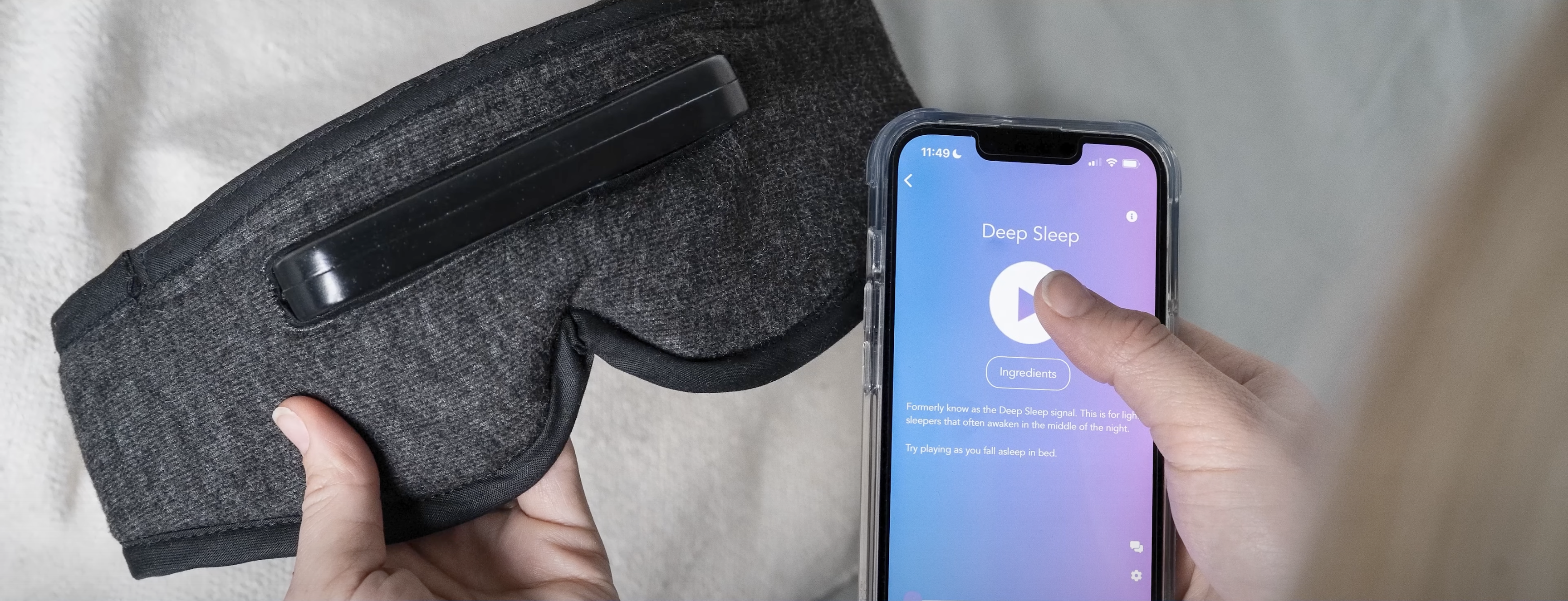
In fact, Hapbee CEO and Chairman, Yona Shtern, has already told me that the mattress topper contains a much stronger signal than the neckband itself. If that’s true, look out.
He’s invited me to try it, so I’ll know soon enough – which means you will, too.
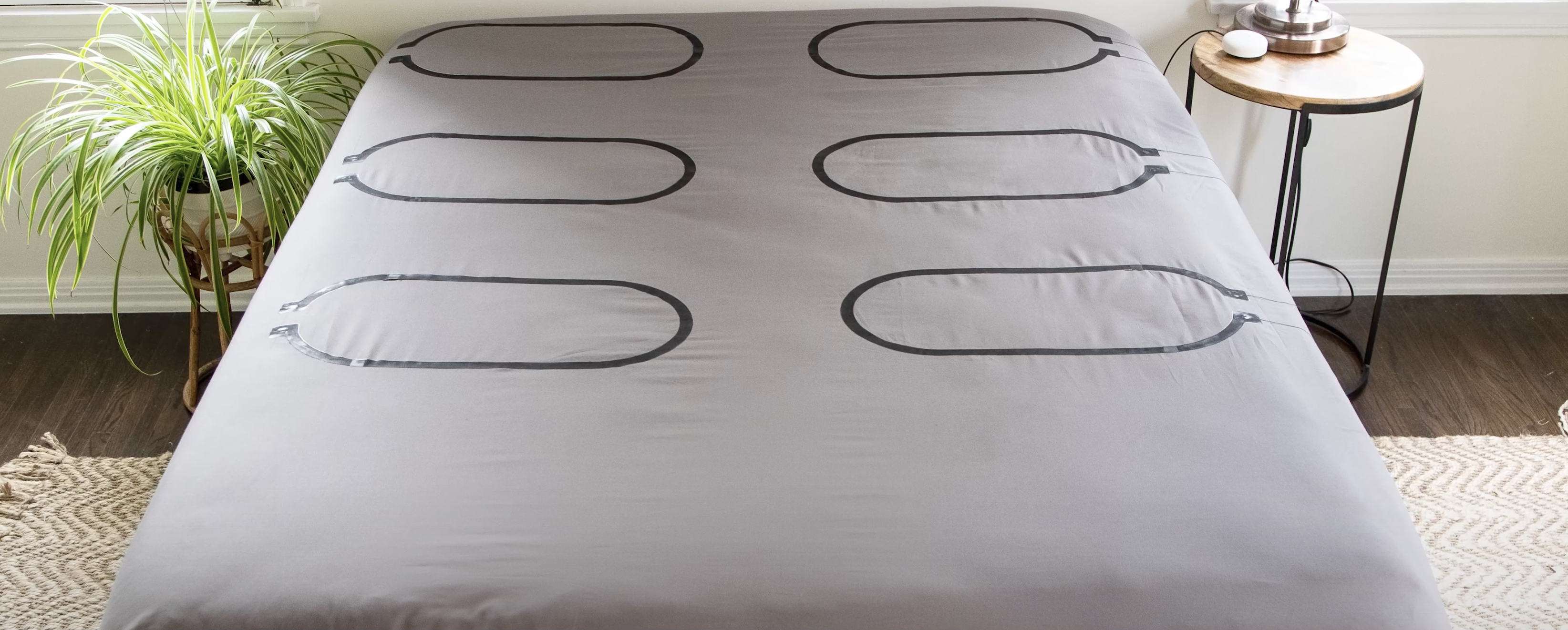
This is much bigger news than the market understands.
Imagine programming this product to turn on the Sleep signal when you lie down at night, and then 20 mins before you wake up, the Alert signal comes on – which, coincidently, Alert and Focus are the next most popular signals.
But that’s not all: remember that this technology can emulate all kinds of substances – such as nicotine and caffeine.
Imagine programming this to give you a CBD signal to help sore muscles while you sleep or using it as a yoga mat with the Relax blend while you stretch. Or how about implemented in a car to keep you alert while driving? Or an armband that pumps you up for a workout and relaxes your muscles after?
The possibilities are endless.
Gaining Traction
When we first introduced Hapbee, it had just launched its first product.
Very few knew about it, and those who heard about it simply couldn’t believe it was true.
The technology seemed so “out there” that there were many skeptics.
But things have rapidly changed.
Over the past year, big names have begun to endorse the product.
Big names like Dave Asprey of bulletproof coffee to bio-hacker Ben Greenfield, and even alternative medicine advocate Deepak Chopra.
And most recently, celebrity doctors like Dr. Drew Pinsky.
While those endorsements are significant, they won’t catch the eyes of Big Tech or other major potential partners who want to see real data – including Dr. Drew.
But Hapbee’s latest endorsement just might.
Enter the Grey Team
The Grey Team is a privately-funded, non-profit organization whose aim is to improve the personal health and wellness of active-duty soldiers and military veterans to reduce suicides. It’s goal is to provide comprehensive programs directed at healing all the invisible wounds of war such as post-traumatic stress disorder, chronic pain, self-medication, and isolation.
Over the past year, the Grey Team has been using the Hapbee Neckbands as part of its highly successful Operation Phoenix – a program that has helped alleviate mental and physical suffering caused by post-traumatic stress disorder, traumatic brain injuries, chronic physical pain, and lifestyle choices for veterans.
Throughout the Operation, Hapbee Neckbands were given to veterans as part of their wellness protocol.
Before selecting the Hapbee Wellness Solution as part of its Operation, Grey Team tested its suitability through a variety of tests, including CNS Vital Signs, Neurocognitive Testing, EEG, and EKG measurements.
To determine the Hapbee’s effects, these measurements were taken before use to establish a baseline, during use, and after utilization.
The outcome?
Results improved in 100% of those service members and veterans who used the Hapbee Wellness Solution.
Via Hapbee:
“Grey Team shared that the positive impact of the Hapbee Wellness Solution on veterans was observed across 3 key parameters when comparing before and at mid-point in the program’s 90-day duration, favourably affecting HRV and EEG bio-metrics.
Highlights from Grey Team’s observations and analyses:
-
- Stress index on average reduced by over 50%
- Autonomic nervous system regulation efficiency saw improvements of approximately 40%
- Cardiovascular adaptation effort scored dropped by over 50%”
Take a look at the results for yourself:
Here’s one of the most powerful quotes from Grey Team co-founder and U.S. army veteran Cary Reichbach:
“Every single veteran should have their own Hapbee when they’re discharged from military service. It would save this country a lot of money. And a lot of lives.”
And it’s not just the Grey Team.
The Mission After, a non-profit focused on research and implementation of programs that support veterans to live their best life after service, also had highly positive results.
Take a look at what The Mission After’s executive director, Dr. Kyle Bergquist, had to say:
Here’s just one quote from Dr. Bergquist:
“We’ve worked with hundreds of veterans at this point. And out of every veteran we have talked to – (asking them) how’s it going with the Hapbee – (their responses) were, “I am sleeping amazing…I am winding down, my brain is shutting off, but also I am getting up and feeling good…my energy levels are higher…I am healing better. It’s actually working for them.”
That’s powerful.
And there are roughly 19 million veterans in the United States alone who might benefit from using a Hapbee device.
If Hapbee can improve the lives of veterans, imagine what it can do for the average person?
I bet there are some big players who will soon look at this data and want a piece of the action – if they’re not looking already…
Sleep Tech to Go Mainstream
Apple, Google, and Amazon doubled down on sleep last year.
Google launched the 2nd-gen Nest Hub, capable of tracking your sleep. And based on what Google has told us, there’s no doubt that sleep tracking is a priority for the tech giant.
Rumor is Amazon is working on a project under the code name “Brahms,” which will directly challenge Google in this space.
Meanwhile, Apple obtained two patents that involve an array of sleep tracking sensors integrated into a bed.
There’s no doubt that sleep is a massive market. And these tech giants know it.
In the next few years, they will pour billions of dollars into advertising. “Sleep tech” will become the talk of the town. And all sorts of gadgets will pop up at the bedsides of millions of people.
But while most sleep tracking technology is cool, all they really do – so far – is track your sleep and then offer suggestions on how to make it better.
As an investor who wants to get in front of the sleep opportunity, would you rather invest in:
- Tech that tracks your sleep and indirectly helps you sleep better, or
- Tech that directly enables you to sleep better and has the potential to make you feel energized when you wake up
I think you know the answer.
When big money finally catches on, imagine what their interest could do to a sleep innovator stock worth under US$30 million.
That’s why we haven’t sold a single share. But we have bought more…
Hapbee Technologies
US Stock Symbol: HAPBF
Canadian Stock Symbol: HAPB
German Stock Symbols, FRA or DEU: HA1
Disclaimer:
Equedia.com and Equedia Network Corporation are not registered as investment advisers, broker-dealers or other securities professionals with any financial or securities regulatory authority. Remember, past performance is not indicative of future performance. This article also contains forward-looking statements that are subject to risks and uncertainties that could cause actual results to differ materially from the forward-looking statements made in this article. Just because many of the companies in our previous Equedia Reports have done well, doesn’t mean they all will. We are biased towards Hapbee Technologies (HAPB) because the Company is an advertiser on www.equedia.com. We currently own shares of HAPB and have purchased many devices. You can do the math. Our reputation is built upon the companies we feature. That is why we invest in every company we feature in our Equedia Special Report Editions. It’s your money to invest and we don’t share in your profits or your losses, so please take responsibility for doing your own due diligence and consult your own professional advisers before investing in HAPB or trading in HAPB securities. HAPB and its management have no control over our editorial content and any opinions expressed in this article are our own. We’re not obligated to write a report on any of our advertisers and we’re not obligated to talk about them just because they advertise with us. For a complete disclosure of the compensation received by us from HAPB, please review our Terms of Service and full disclaimer at www.equedia.com/terms-of-use/.


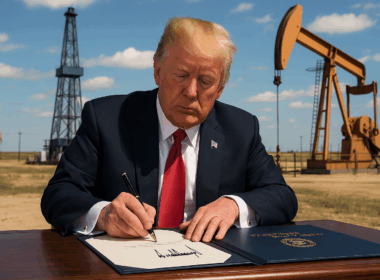
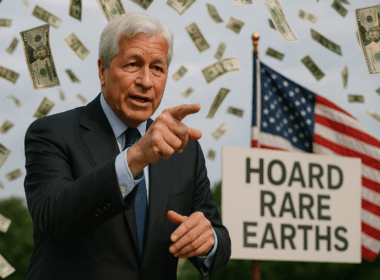


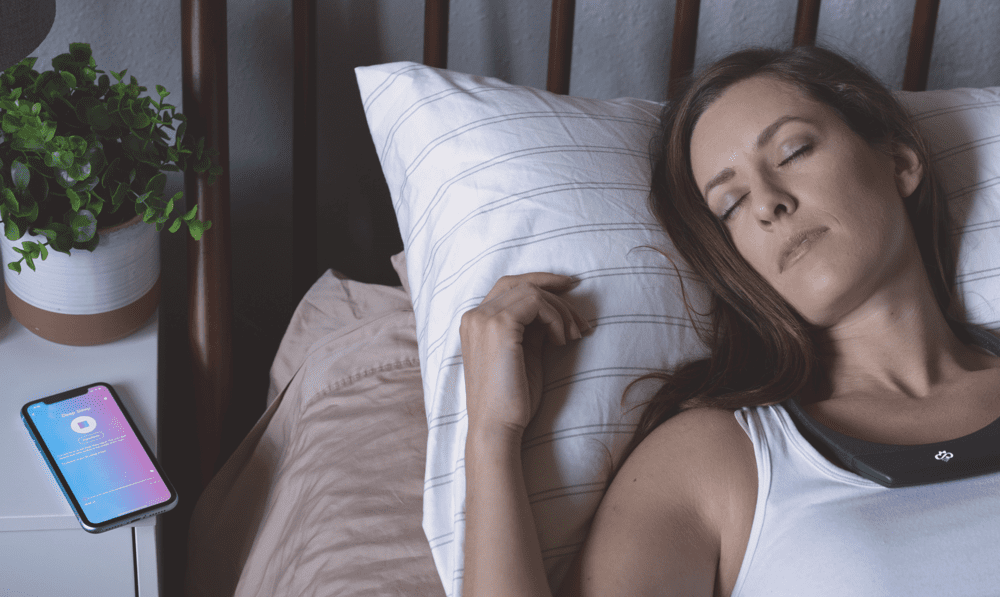
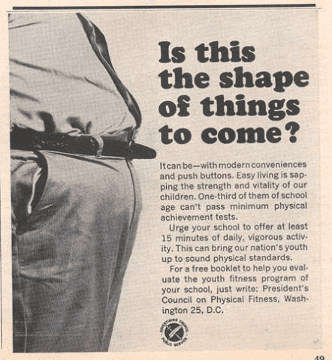
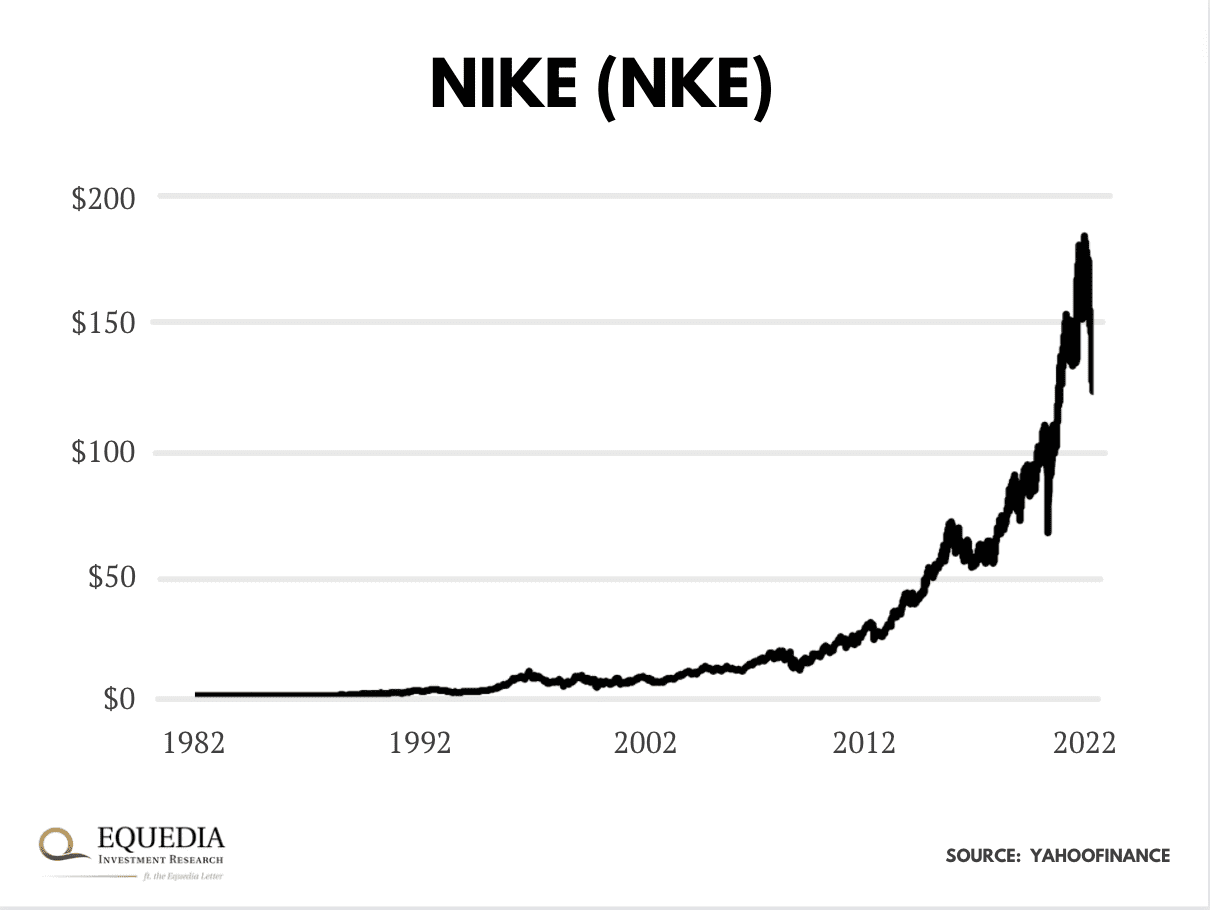
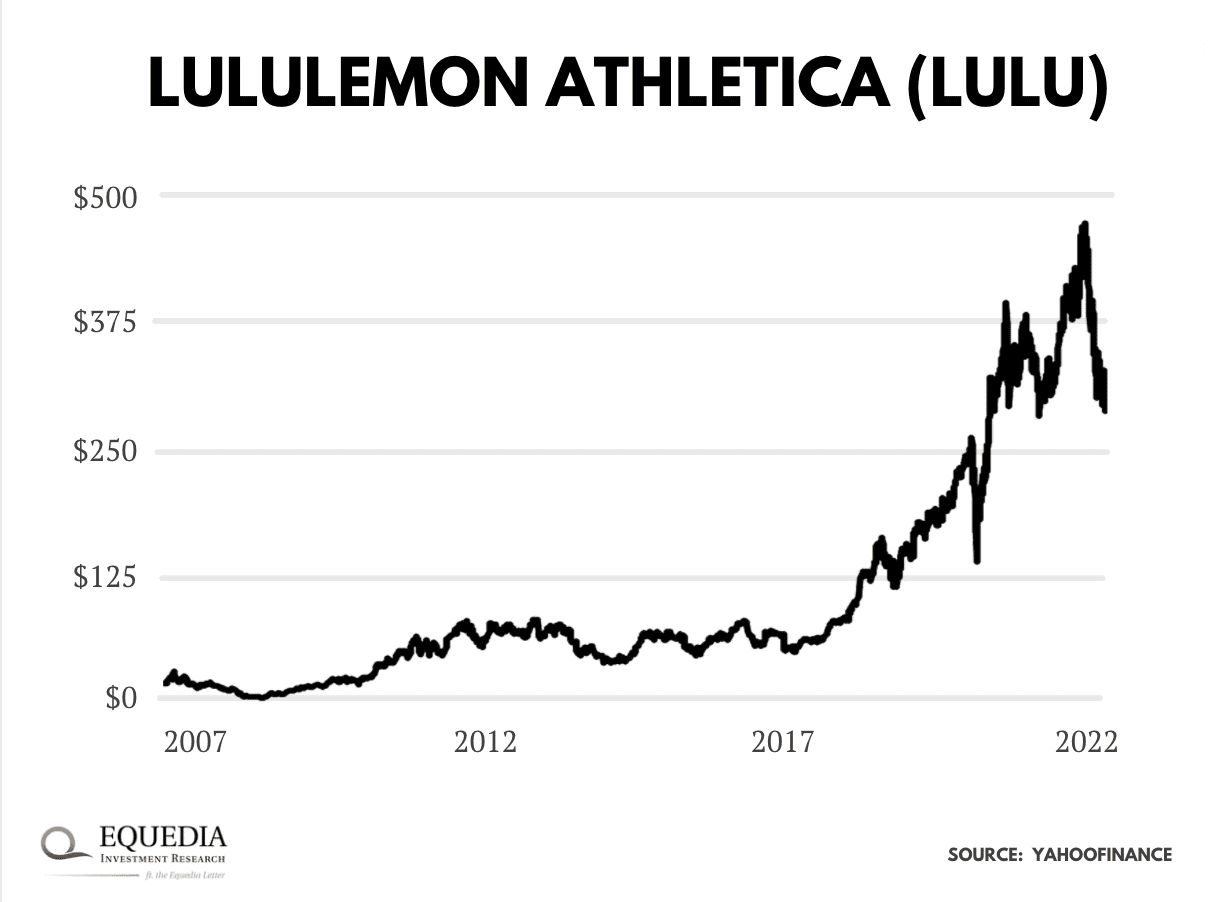
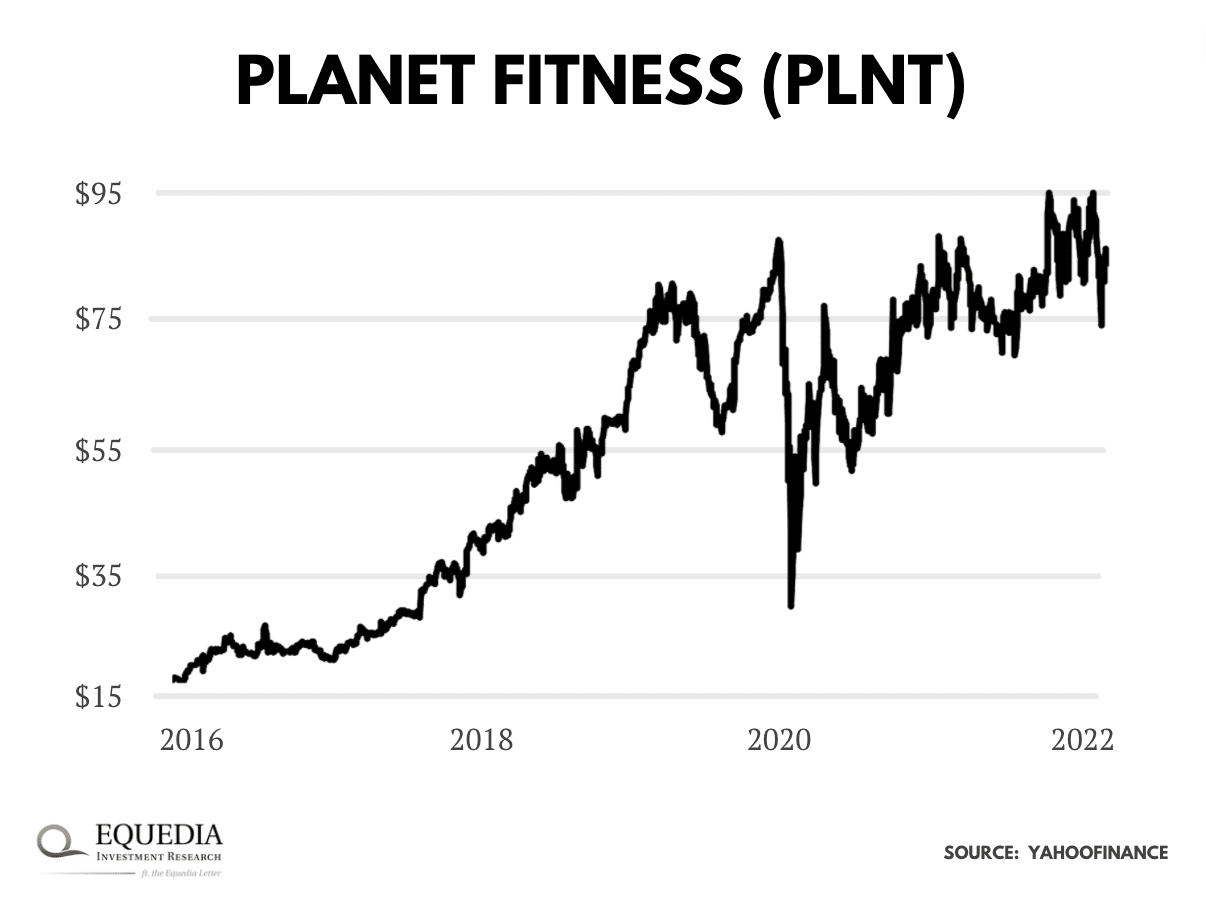
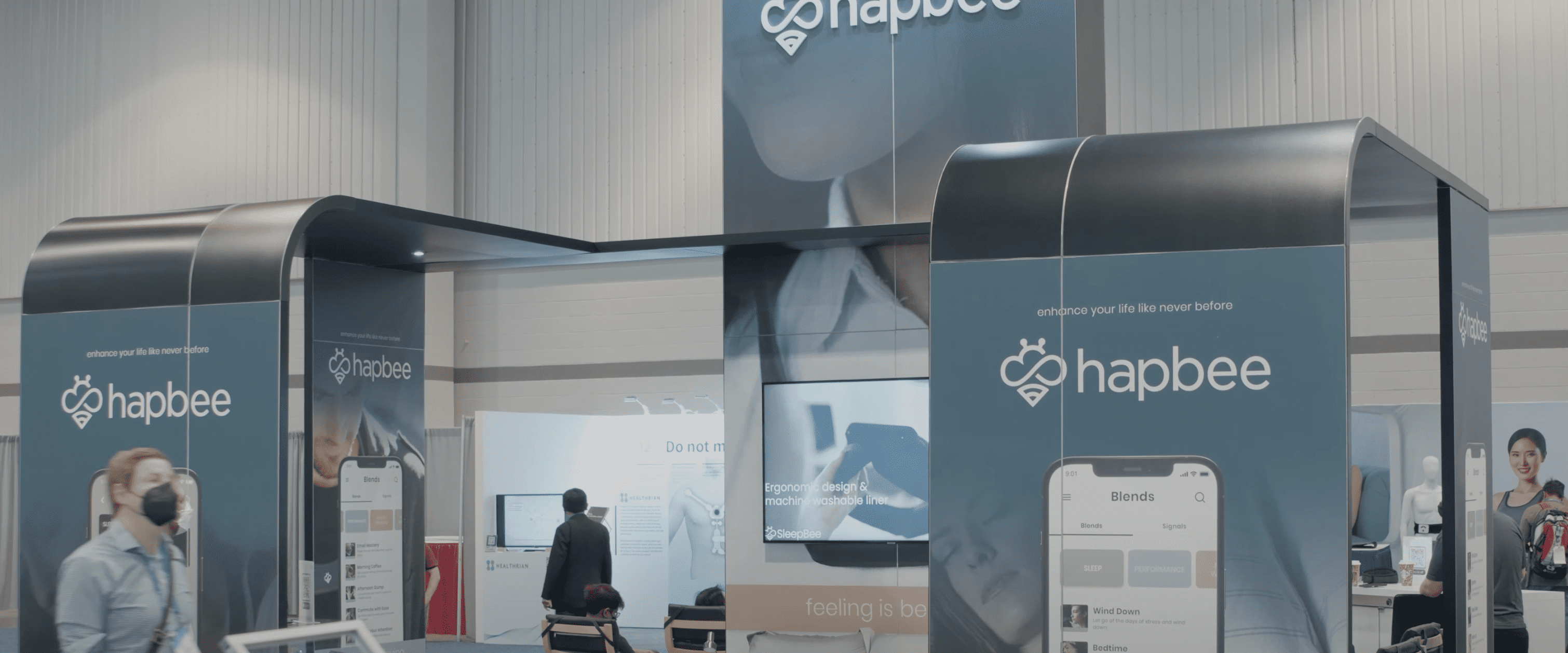

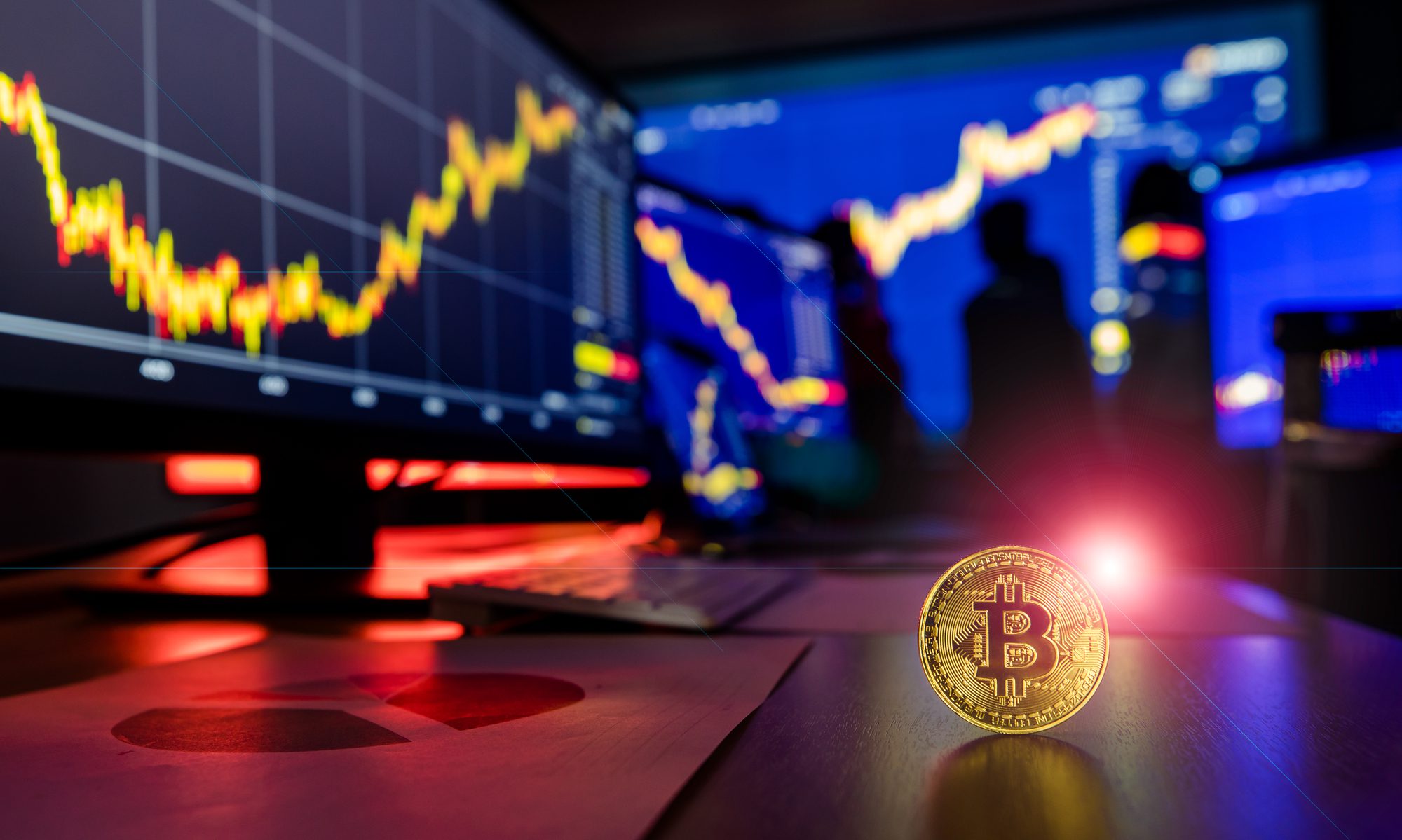
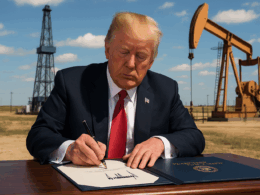
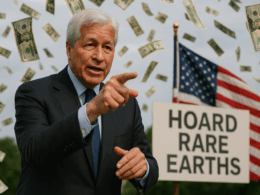


Very informative article, looks like a great company that solves a big problem. Thanks, Pat
Is it already used in prisons?
I read your report on sleep deprivation and this company with keen interest. I then went online to check out what was being said about the product. Trust Pilot has many complaints about the product and the company. Elsewhere online I found many other negative comments.